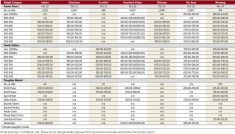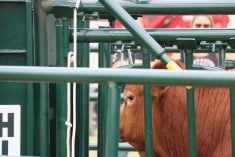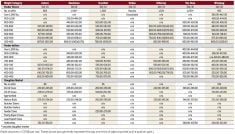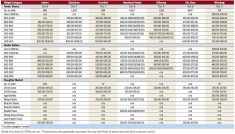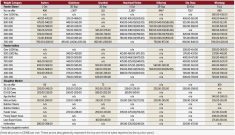The future holds both opportunities and risks for Canadian cattle producers.
“In this economic environment, for those who are flexible and willing to look around the corner in their decision-making… there will be opportunities,” U.S. beef market expert Jim Robb told ranchers attending the Manitoba Forage Council’s recent grazing school in Winnipeg.
Overseas demand, particularly from Asia, is rising and pushing prices higher, but that carries a danger, said Robb, an economist and director of the American Livestock Market Information Center.
“I think this is very much a transition point in time for the North American beef industry,” he said. “How much higher can we push already record-high beef prices and how much will consumers stand for? A lot of this is going to be driven by how well the North American economy continues to grow.”
Read Also
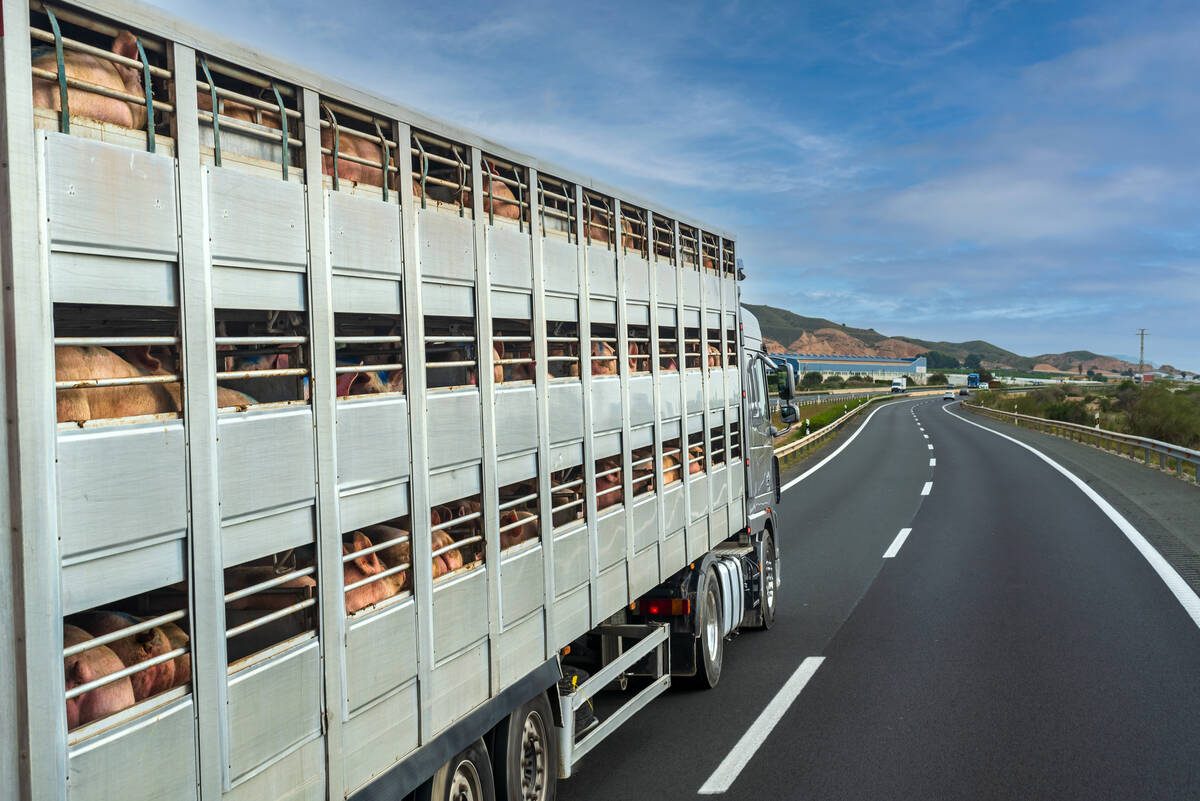
Pig shipments to U.S. slow as new COOL looms
A Manitoba pork marketer says some U.S. processors have shut their doors to Canadian pigs as enforcement of U.S. voluntary country of origin labelling (vCOOL) looms.
Another threat is changing social attitudes toward beef, said Brad Wildeman, chairman of Canada Beef Inc. and past president of the Canadian Cattlemen’s Association.
“I can just feel that the perception of the beef industry is changing and not for the better,” said Wildeman.
Part of that stems from a disconnect between the farm and the plate, and that’s why Canadian Beef Inc. is using social media, and training young farmers to speak about the beef industry and its role in a sustainable food system.
“That resonates, and if we can win that battle of the heart, then I think we can win the battle of the markets,” said Wildeman.
Canada Beef is also looking at beef in a new way, he said.
“We want to start looking at selling this product for value, not for volume,” said Wildeman, noting this is a departure from the focus producers had following the BSE crisis.
He said retailers, including foreign ones, are interested in building relationships with producers and processors in order to ensure sustained supply of quality product.
That’s not something the U.S. can easily offer, as its cattle stocks are at the lowest levels in 60 years, in part due to drought conditions in the American south and Midwest and feed that costs as much as $175 a bale. Wildeman said this is an opportunity the Canadian beef industry can capitalize on.
Robb agreed.
“Canada, in the North American context, currently has the most inexpensive forage when we look at Canada, the U.S. and Mexico,” he said. “This forage is also a high-quality product.”
While the U.S. herd remains unstable, Robb said this will give Canadian ranchers an edge.
“I think the Canadian cow herd is well on the path to stabilization, and probably, as of January 1, 2013 it will show signs of increasing,” he said.
But while population growth, rising incomes in the developing world, and increased demand of animal-based protein are positive trends, producers can’t afford to sit back and take it easy, he said.
“We’re all going to have to be more efficient – whether we are producing catfish or have a cow-calf operation – to meet this demand,” he said.



